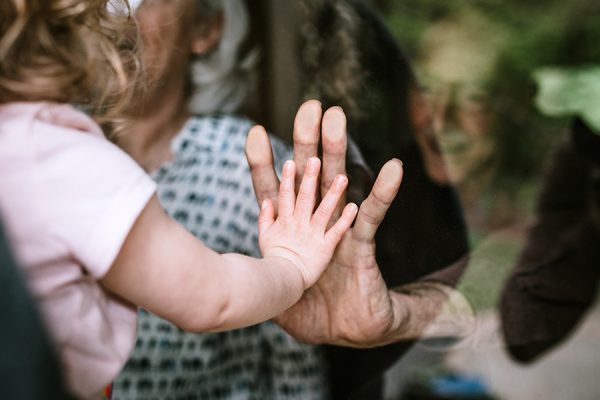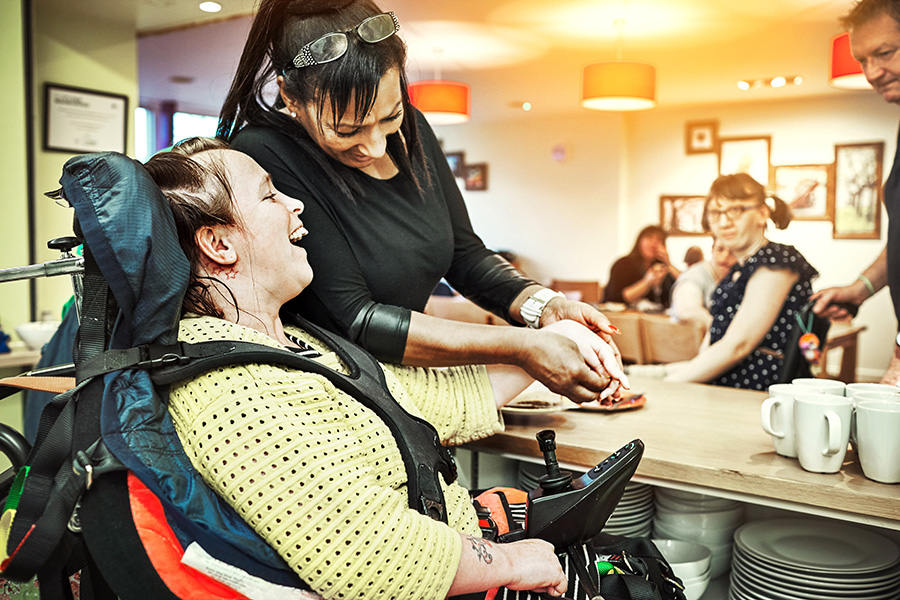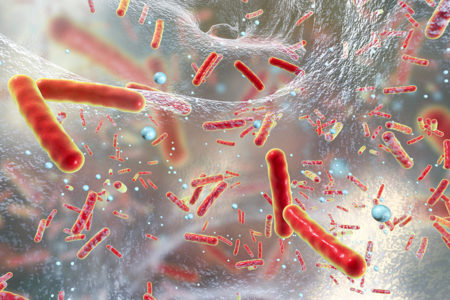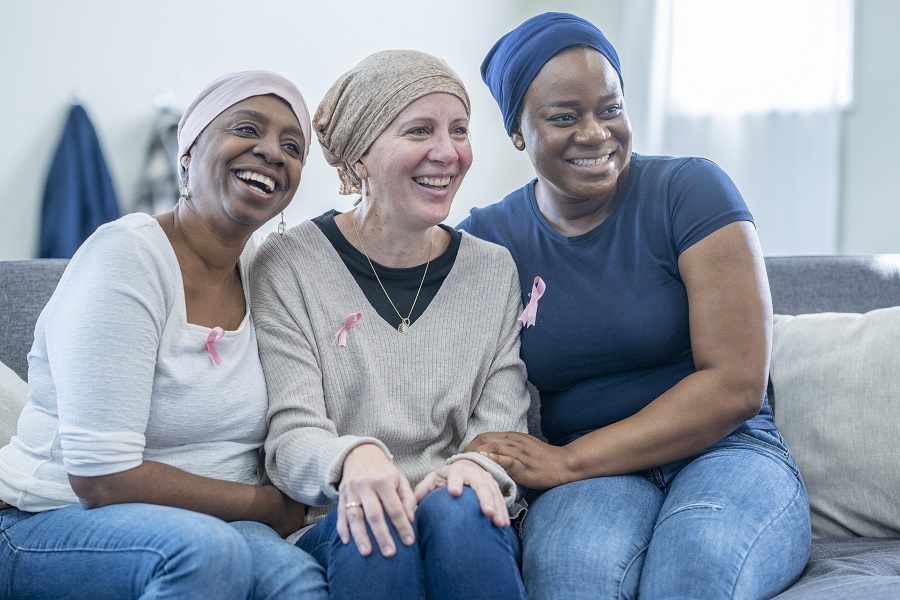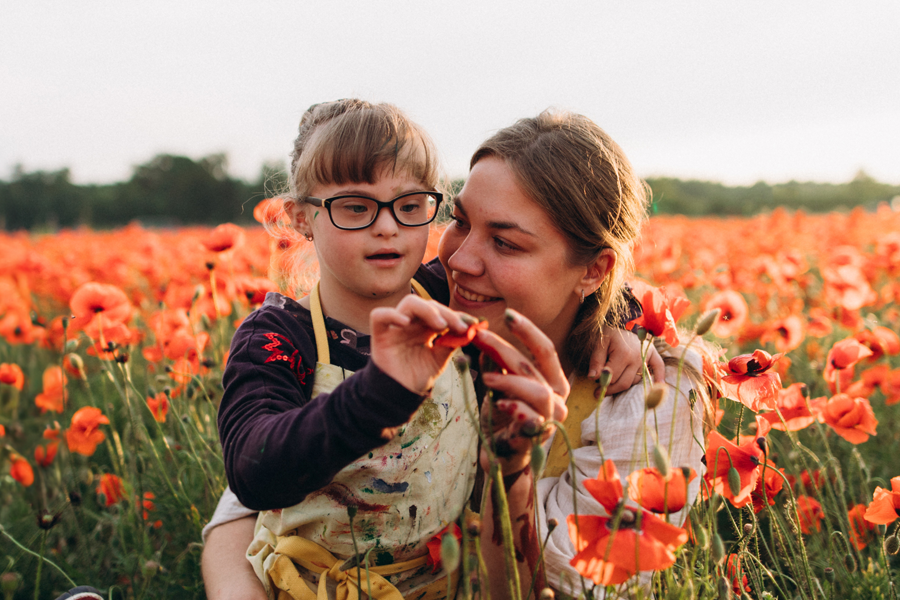Each May, we celebrate Older Americans Month to recognize the countless contributions older adults make in our communities. The time, experience, and talents of older adults enrich the lives of those around us.
The 2024 theme of Older Americans Month is “Powered by Connection,” which recognizes the profound impact that meaningful relationships and social connections have on our health and well-being. Connectedness plays a vital role in supporting independence and aging in place. It helps combat isolation, loneliness, and other issues. This year’s theme also gives us an opportunity to explore how social connection impacts health, and how we all benefit from social connection – as individuals and as communities.
History of Older Americans Month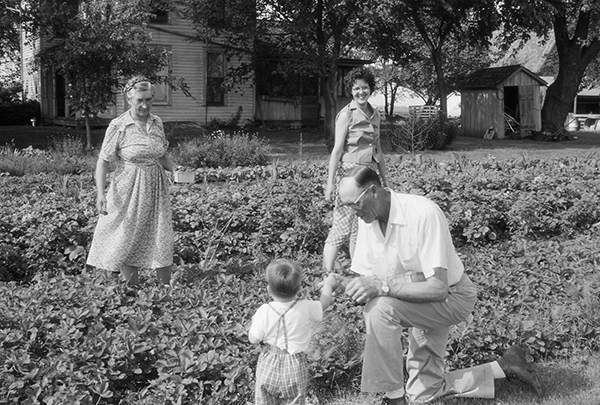
When Older Americans Month was first established in 1963, only 17 million living Americans were 65 or older. One in three older Americans lived in poverty, few government programs existed to support this population, and concerns for seniors were growing. In April 1963, a meeting between President John F. Kennedy and members of the National Council of Senior Citizens sparked a conversation about aging. One result of this meeting was the designation of May as “Senior Citizens Month.” In 1977, President Jimmy Carter renamed May as Older Americans Month.
Social Connections and Health
In 2023, the U.S. Surgeon General released an advisory on the healing effects of social connection and community. This comprehensive report explores the trends impacting social connection, the economic costs of social isolation, the profound health outcomes driven by social isolation, and strategies to advance social connection across all sectors.
“Loneliness is far more than just a bad feeling,” writes Dr. Vivek H. Murthy, 19th and 21st Surgeon General of the United States.
“It harms both individual and societal health. It is associated with a greater risk of cardiovascular disease, dementia, stroke, depression, anxiety, and premature death. The mortality impact of being socially disconnected is similar to that caused by smoking up to 15 cigarettes a day, and even greater than that associated with obesity and physical inactivity. And the harmful consequences of a society that lacks social connection can be felt in our schools, workplaces, and civic organizations, where performance, productivity, and engagement are diminished. Given the profound consequences of loneliness and isolation, we have an opportunity, and an obligation, to make the same investments in addressing social connection that we have made in addressing tobacco use, obesity, and the addiction crisis.”
Older Adults and Social Isolation
Social isolation – a lack of social contact with others – is a major contributor to health issues among older adults. Social isolation and loneliness are related, but they are not the same. Social isolation is (objectively) having few social relationships and roles, group memberships, and infrequent social interaction. It can be caused by a wide variety of reasons, including physical mobility, geographic isolation, depression, or other health conditions. It may also be caused by a small social network and limited engagement with it.
While isolation is often mistaken for loneliness, loneliness is a subjective internal state, rather than an objective lack of contact. Loneliness describes how people perceive their experience and whether or not they feel isolated. Loneliness is the distressing experience that results from perceived isolation or unmet need.
Research shows that the negative health effects of chronic isolation and loneliness, while harmful at any age, are especially dangerous for people over 50. Social isolation and loneliness are associated with:
- Higher blood pressure
- Increased susceptibility to viral illness
- Earlier onset of dementia
- Greater risk of heart disease
Risk factors for social isolation and loneliness include:
- Major loss or life change, such as a significant injury or recent retirement
- Limited/unaffordable transportation
- Rural, unsafe, or inaccessible neighborhood
- Societal barriers (ageism, racism, sexual orientation discrimination or other forms of discrimination)
- Language barriers
- Low income
- Being a caregiver (of your spouse, child etc.)
- Chronic health conditions
- Hearing/vision loss
- Limited mobility
- Loss of memory
- Living alone / loss of a spouse
Health Impacts
Lacking social connection can increase the risk for premature death as much as smoking up to 15 cigarettes a day. Loneliness and social isolation increase the risk for premature death by 26% and 29%, respectively. In addition, poor or insufficient social connection is associated with increased risk of disease, including:
- a 29% increased risk of heart disease.
- a 32% increased risk of stroke.
- increased risk for anxiety, depression, and dementia.
- increased susceptibility to viruses and respiratory illness.
Economically, social isolation among older adults accounts for an estimated $6.7 billion in additional Medicare spending each year, largely due to increased hospital and nursing facility costs.
Combating Social Isolation
There are things we can do to help protect ourselves and our loved ones from the negative effects of loneliness and social isolation. First, self-care is critical. Exercise, eating healthy, and getting enough sleep can provide the energy to pursue meaningful, productive activities that help manage stress and bring a sense of purpose and joy.
Below are five tips to help build a sense of connectedness between older adults and their communities.
1. Nurture existing relationships.
Nurture the relationships you have, even when barriers prevent you from connecting as frequently as you like. Schedule time each day to stay in touch with family, friends, and neighbors in person, by email, social media, voice call, or text. Talk with people you trust and share your feelings. Suggest an activity to help nurture and strengthen existing relationships. Sending letters or cards is another good way to keep up friendships. Remember, your house doesn’t need to be perfect for visitors, and you don’t need to have an agenda. People who love you don’t mind if you haven’t dusted or there are dishes in the sink. Just invite people over for coffee or to watch a movie. Relationships are living things that need tending and attention, and they flourish when cared for.
2. Share meals.
Social isolation and loneliness are also risk factors for malnutrition. There are many advantages to sharing meals, and evidence points to plenty of mental health benefits of eating together. Cooking and eating with brings multiple generations together and gives us opportunities to talk about our days. If sharing a meal at home, cooking is a great way to engage your senses. Chopping, blending, or smelling aromas from something baking fresh inside the oven provides a sensory experience that can help reduce stress. Meals shared at home may bring the added benefits of being healthier and more affordable. For many seniors, however, getting out of the house is just as important. Give yourself the goal of sharing a meal with others at least once a week, whether that’s at home, at a senior center, or in a local diner.
3. Find an activity you enjoy.
Restart an old hobby, or take a class to learn something new. You might have fun and meet people with similar interests. Try exercise classes at the local library or senior center to facilitate connections. Join a walking club to stay physically active. Try
adding a group exercise class to the mix. Learn a new language or musical instrument. Take a pottery class, or join a local birdwatching group or book club. Are you unsure about what’s available in your area? Most local social service agencies, community and senior centers, and public libraries will have lists of resources, programs or classes available in your community.
4. Adopt an animal
Consider adopting a pet if you are able to care for them. Research tells us that companion animals, such as cats and dogs, can help improve our physical and mental health. Animals can be a deep source of comfort and have been shown to reduce depression, lower stress, and lower blood pressure. Along with in-home companionship and company, they can open opportunities for interacting with others on daily walks. If a young animal requires too much attention or energy, the quiet and loving home of an older adult is often an ideal match for a midlife or older animal looking for a new home. Senior animals are often gentler, calmer pets who are already trained.
5. Volunteer.
Volunteering can help to deepen a sense of purpose and help build connections with people of all ages. Join a cause and get involved in your community. Older adults often have more time to volunteer than those who work full time, and they play a critical role in the success of many non-profit and community organizations – including food banks, animal shelters, and many local community supports. Find a faith-based organization where you can deepen your spirituality and engage with others in volunteer activities and events.
For more information and resources for older adults, visit our caregivers community.
You may also be interested in:
- Mapping Out Your Medicare Route
- Nutrition Over 70: A Guide To Senior Dietary Needs
- Activities for Caregivers of Older Adults
- How to Help a Loved One After Falling | Step-by-Step Illustration
- Home Safety: How to Reduce the Risk of Falls
- Are You at Risk of Heart Disease?
- Everything You Need to Know About Incontinence






